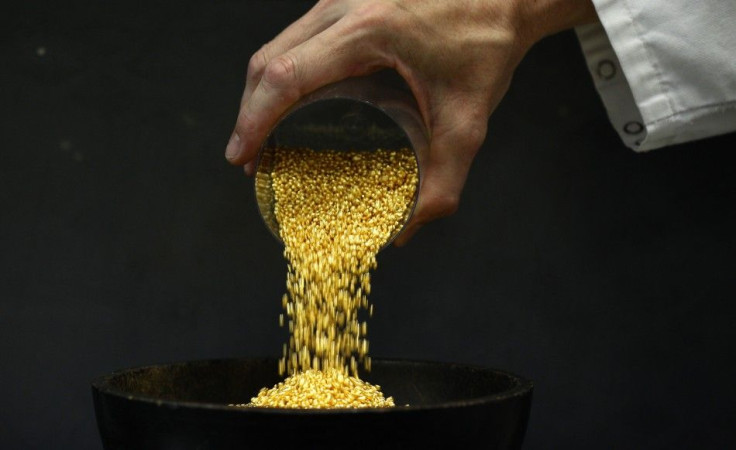Gold to Achieve 12th Consecutive Yearly Price Gain - Deutsche Bank

Deutsche Bank said Friday negative real interest rates, central bank buying, dollar weakness and prospects for a European Central Bank balance sheet expansion augur well for gold prices to achieve a 12th consecutive annual gain.
The bank also said gold prices will need to top $2,100 per troy ounce to be considered excessive and for the market to start to display bubble characteristics.
As a result, the recent correction in gold has brought prices to less extreme levels, which may eventually encourage renewed gold buying particularly in an environment where the U.S. dollar is weakening again, Deutsche Bank said in its latest Commodities Outlook.
The strength of the dollar will hinder advances in gold prices but not, ultimately, prevent a rise because the greenback's strength is more cyclical than structural.
U.S. dollar weakness will return, in part by the inability of the U.S. to fully fund its external deficit, the bank said.
Put another way, as soon as safe haven flows to U.S. Treasuries start to slow then it could be accompanied by a renewed slump in the U.S. dollar and strong advances in the gold price.
In gauging how high gold will rise, Deutsche Bank examined gold prices in real terms, relative to income, relative to global GDP, relative to other commodities and against financial assets such as the S&P 500.
On the seven indicators we track, gold prices would need to exceed $2,178 per ounce to be considered extreme across the average of these indicators and for the gold market to display bubble characteristics.
© Copyright IBTimes 2024. All rights reserved.






















